PHONE
555-555-5555
ADDRESS
Dorothy Day Guild
1011 First Avenue, Room 787
New York, NY 10022
Dorothy Day Guild June 2023 Missive
Dear friends,
May was a month full of celebrations and it seems hard to believe that summer is upon us already! We have a few brief updates for you this month, but be on the lookout for the first digital edition of our newsletter, “In Our Time,” coming to your inbox at the end of June. Our communications team has been hard at work on this issue, and we’re all very excited to share this collection of interviews, art, and reflections with you. We hope that this summer edition of “In Our Time” will be as intellectually engaging and spiritually nourishing for our readers as it has been for the writers and editors.
Ninetieth anniversary news
As May drew to a close, we enjoyed reading a few more tributes and reflections on the ninetieth anniversary of the Catholic Worker movement. The Vatican newspaper, L'Osservatore Romano published a collection of three articles in its English-language edition, by Giulia Galeotti, author of a recent Italian-language book on Dorothy, Kevin Ahern, co-chair of the Dorothy Day Guild, and Amanda Daloisio, editor of The Catholic Worker. Be sure to check these out, and also a recent piece from The Tablet, which featuring a conversation with Jane Sammon, a long-time Catholic Worker who knew and worked closely with Dorothy towards the end of Dorothy’s life. Enormous thanks to all of these authors, and to the Catholic Workers who bring a little of the peace of heaven, and a little of the presence of God to those they serve!
We also wanted to share one more ferry update, this time from the New York Times. If you ride the Dorothy Day this summer, please be sure to send a photo and tag us on social media– and say a prayer for all of the riders and the crew who will make that journey between Manhattan and Staten Island that Dorothy herself so loved!
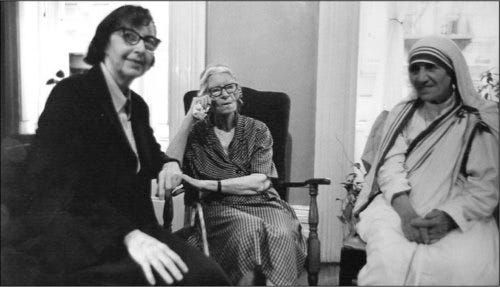
Upcoming events (in person and online!)
Are you in NYC this weekend? Our friends at Maryhouse invite you to a performance of Lisa Wagner-Corollo’s “Haunted By God: The Life of Dorothy Day,” a free, one-woman show that follows Dorothy from her teen years in Greenwich village through the founding of the Catholic Worker with Peter Maurin and her tireless work for justice later in life. We hope to see you at Maryhouse on Saturday, June 10th, at 2:30 pm! This play is being presented as part of New York and Chicago’s SixthFest. Learn more, and RSVP here. If you aren’t able to make it in person (or you just want a sneak peek at the show), you can watch an excerpt from the play here.
We’re also excited to let you know about an online book study hosted by our friends from Dorothy Day Tampa, who will be gathering to read The Long Loneliness together this summer. The sixth iteration of this ecumenical reading group begins at 7:00 pm, Wednesday July 5th. There are a few more spots available, so if you've never read Dorothy in her own words, or you're looking for a community to read and reflect with, check it out here!
If you’d like to get Dorothy-related news and hear about upcoming events more regularly, be sure to follow us on Facebook and Twitter – we love hearing from you!
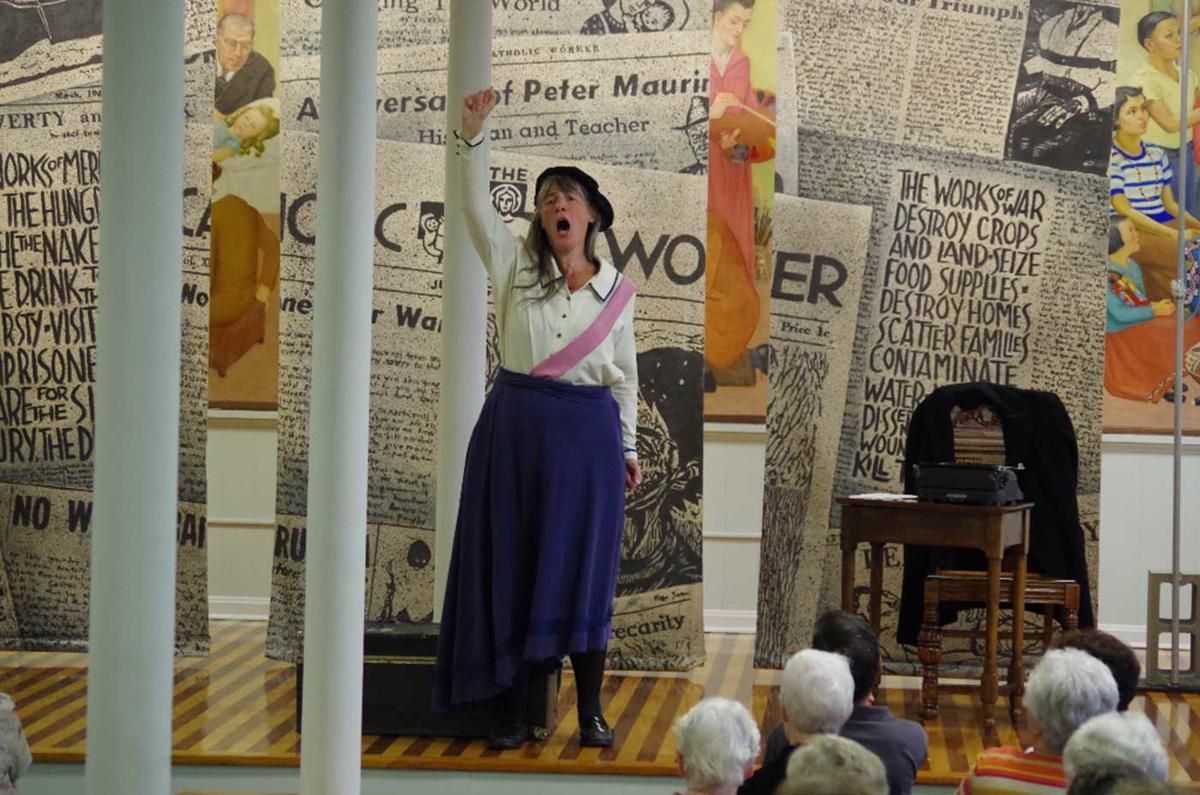
Pax Christi awards
On June 4th members of the Dorothy Day Guild advisory board were honored by Pax Christi Metro New York. Martha Hennessy and other members of the Kings Bay Plowshares 7 received the Father Richard McSorley award and Kevin Ahern was granted the Eileen Egan National Peacemaker award. During the ceremony, many of the awardees mentioned Dorothy and how her witness inspires them to action. Other members and friends of the Guild have previously received this award including Fr. Kevin Sullivan (1993), George Horton (2004), and Tom Cornell (2009). Congratulations to Martha, Kevin, and their colleagues on being recognized by this incredible group of peacemakers!
Pax Christi Metro New York is the regional Network of Pax Christi USA, which was founded in 1972 by a number of close collaborators of Dorothy Day, including her dear friend Eileen Egan, Gordon Zahn, Gerry Vanderhaar, Ed Guinan, Sr. Mary Evelyn Jegen, Bishop Tom Gumbleton, and Joe Fahey. Dorothy was involved in some of these early discussions and was the keynote speaker at the first Pax Christi USA’s conference in 1973. As Manhattan College professor emeritus Joseph Fahey wrote in an article on Pax Christi’s contributions to the US Bishop’s 1983 Peace Pastoral, “Pax Christi USA was strongly supported by Dorothy Day, who understood that the Catholic peace movement needed to reach the millions of Catholics who were not pacifists but who wanted to work for Christ’s peace in the world principally through their home parishes. Hence, from the beginning, Pax Christi USA has welcomed all people who were “on pilgrimage” to the Gospel of Peace.” We are so grateful to the many regional networks of Pax Christi USA for their pastoral work in bringing that Gospel of Peace closer to the heart and conscience of the Church each year. For more information on Pax Christi Metro New York, visit: https://nypaxchristi.org/
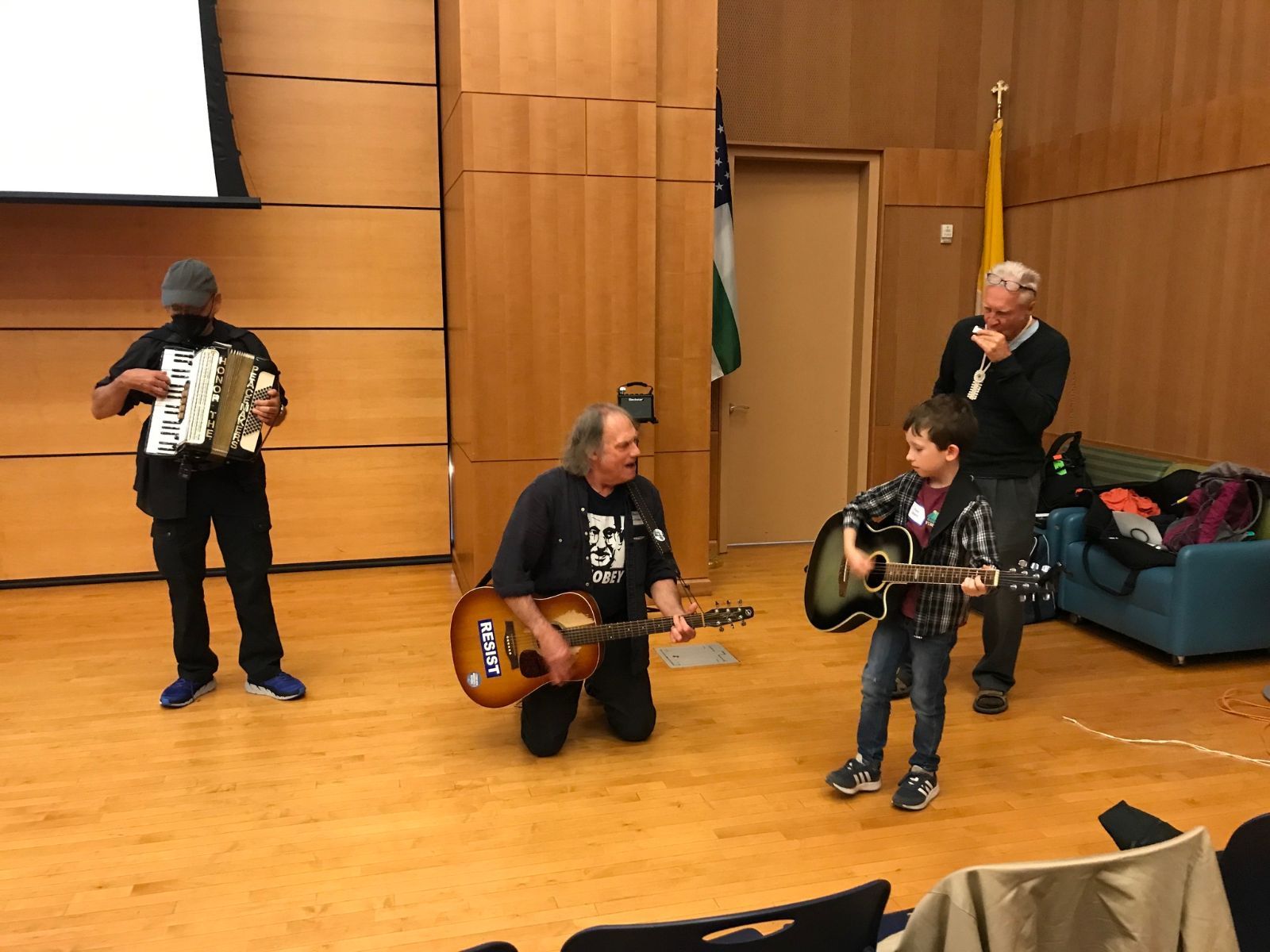
Where are we now? (Dorothy and Saintly Six)
Many people have asked us recently where the cause for Dorothy’s canonization stands now that all of our documents have been sent to the Vatican and we have entered the Roman phase of the process. Emanuele Spedicato, a colleague of our Roman postulator, Waldery Hilgeman, offered this presentation as part of a webinar on the canonization process which took place last winter. We so appreciate the clarity with which Emanuele outlined the next steps in the often-confusing path to sainthood! Thanks also go to our intern, Isabel Frazza, who prepared the transcript of the talk for those who prefer to use subtitles. Please keep an eye out for more videos on our brand-new YouTube channel! We plan to use this space to make educational resources on Dorothy more accessible to our friends and supporters.
In other canonization causes of note, the Oblate Sisters of Providence, the order founded by Mother Mary Lange, celebrated a mass in honor of the tenth anniversary of the reinterment of their foundress’ remains at their motherhouse. Mother Lange’s positio has been approved and is now before the Dicastery for the Causes of saints. Please join us in praying that Pope Francis will declare Mother Lange “Venerable” very soon! To keep following Mother Lange’s cause and the other causes for the “Saintly Six,” the Black American Catholics whose causes for canonization are underway, we encourage you to sign up for the Black Catholic Messenger mailing list here.
A word from Dorothy
As always, we’d like to close with a few lines from Dorothy’s own writing. In June of 1957, Dorothy penned this reflection on the Catholic Worker movement for her column “On Pilgrimage”:
“The Catholic Worker is like an inn by the side of the road, with travelers coming and going, staying a day or a month or years, and the travelers are workers and scholars, poets, politicians, propagandists. Perhaps I should say that St. Joseph’s House of Hospitality is like that, but the fact is that people are attracted to the CW, to the publication itself, because of its ideas. Write about peace and freedom and people who want to work as pacifists and anarchists come wandering in and become part of a community. You write about the works of mercy, and people who want to perform them come to try to put into practice the things they read about in the lives of the saints. But to me, the best thing about the works of mercy is that they become mutual aid, people helping each other, cooking meals, going to market, peeling vegetables, washing clothes, or giving them out, making beds, putting people up. Love is an exchange of gifts, St. Ignatius said, so true charity, caritas, enters in and mutual aid means true justice.”
Dorothy herself was a great traveler, even as she remained the heart and anchor of her Catholic Worker community until her death. We see the fruits of those travels alive today in the Catholic Worker houses present on five continents and in international networks like Pax Christi. We also know those fruits are also ripening in secret, in the hearts of men and women who reject the accumulation of wealth and power and who live out a vocation to nonviolence and voluntary poverty in big and small ways. Dorothy’s legacy is still calling people from around the world together to work for peace: finding alternatives to war and other forms of state violence, honoring the image of God present in the poor, and building communities based on hospitality, mutual aid, and true charity.
We’re thrilled that these missives are reaching friends and supporters from California to Sweden, and if you know someone else who might be interested in hearing more about Dorothy, please forward them this email or encourage them to sign up for our mailing list in time to receive our June 2023 newsletter. As summer begins and we return to the season of Ordinary Time, please keep the cause in your prayers, and know that you remain in ours.
Yours,
Dr. Casey Mullaney, on behalf of the Dorothy Day Guild
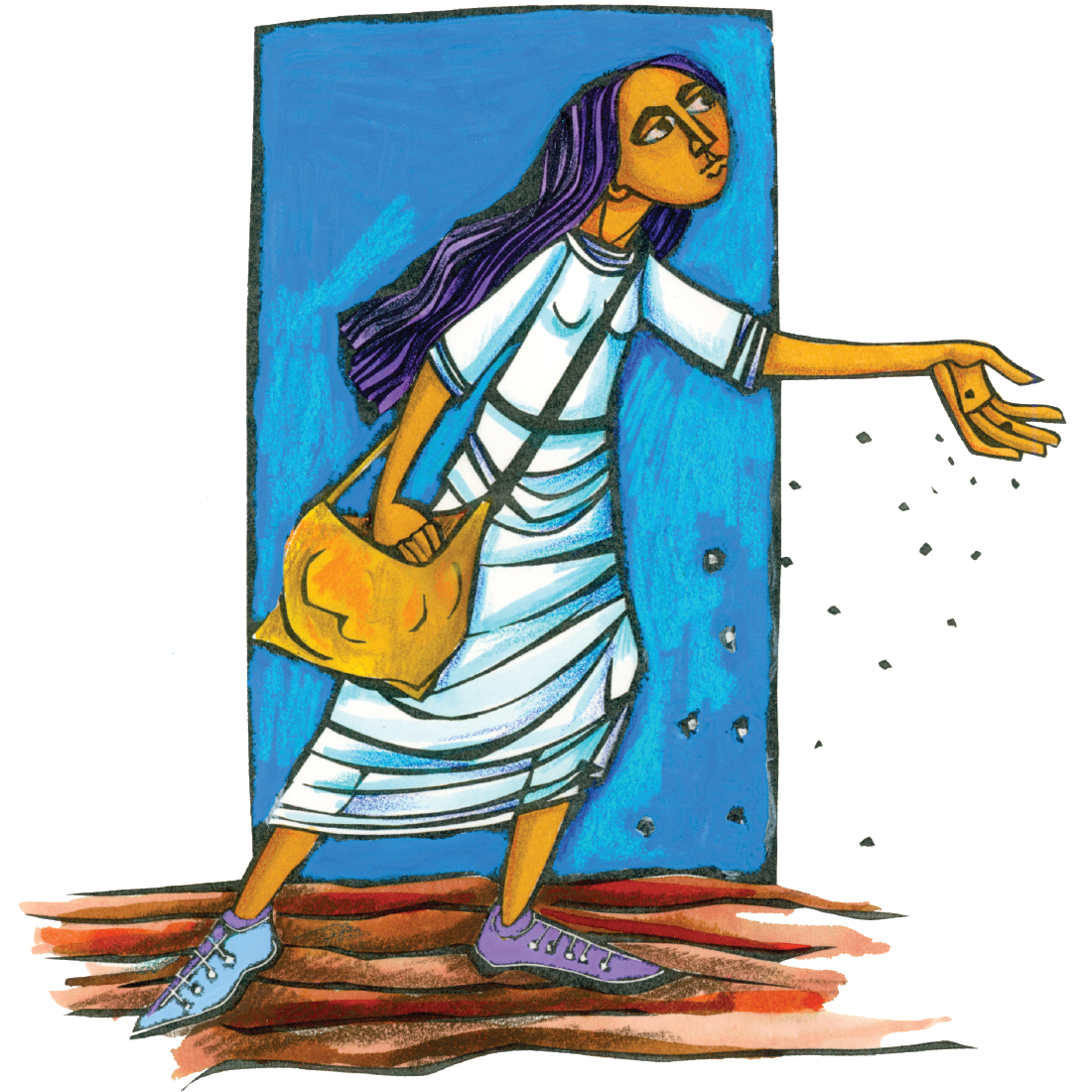
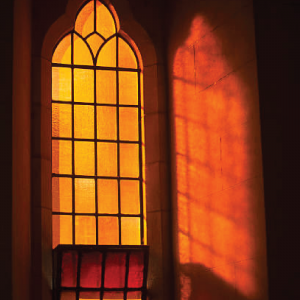
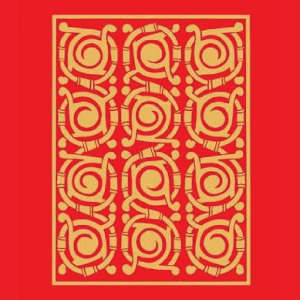
A Woman of Conscience, a Saint for Our Time
The Dorothy Day Guild supports and advances the cause for canonization of Dorothy Day, initiated by the Archdiocese of New York as a saint by the Roman Catholic Church, and promotes, for the benefit of all people interested in social justice, awareness of Dorothy Day, her writings, the Catholic Worker Movement she co-founded, and her life and witness to the Gospel.
QUICK LINKS
© 2023 All Rights Reserved | Dorothy Day Guild | This site is powered by Neon One

